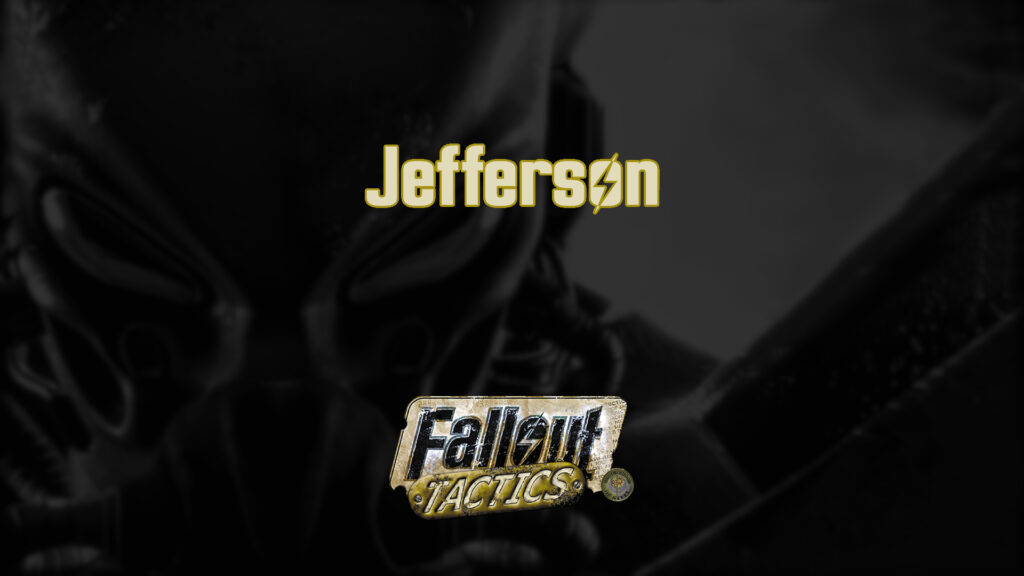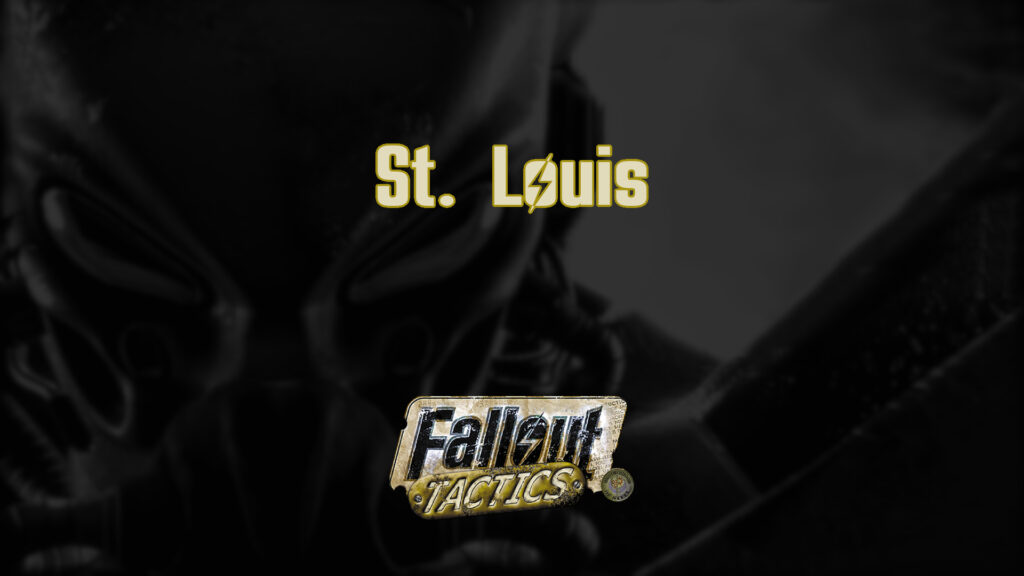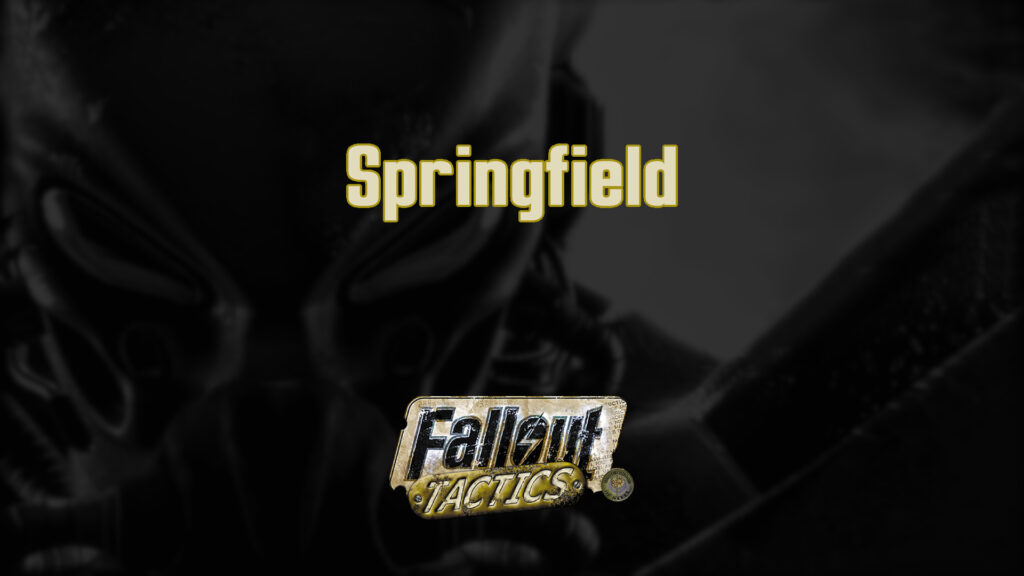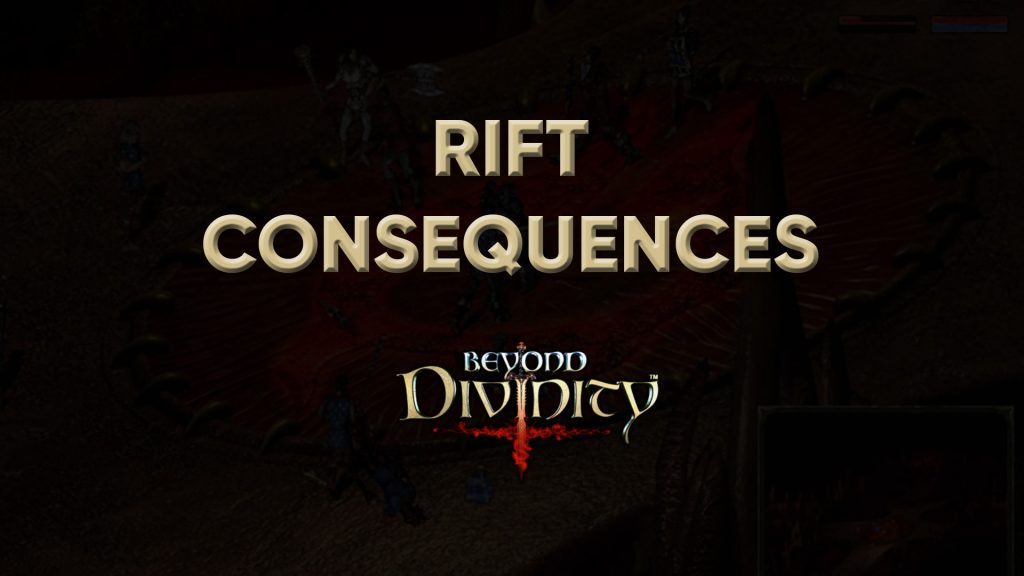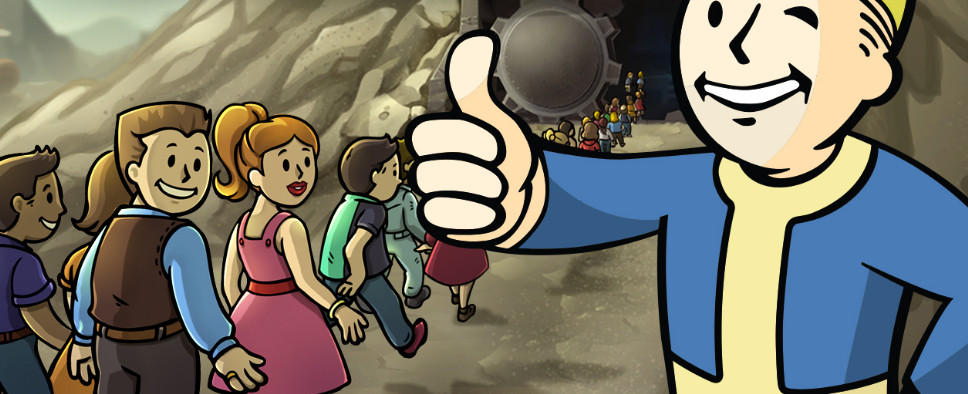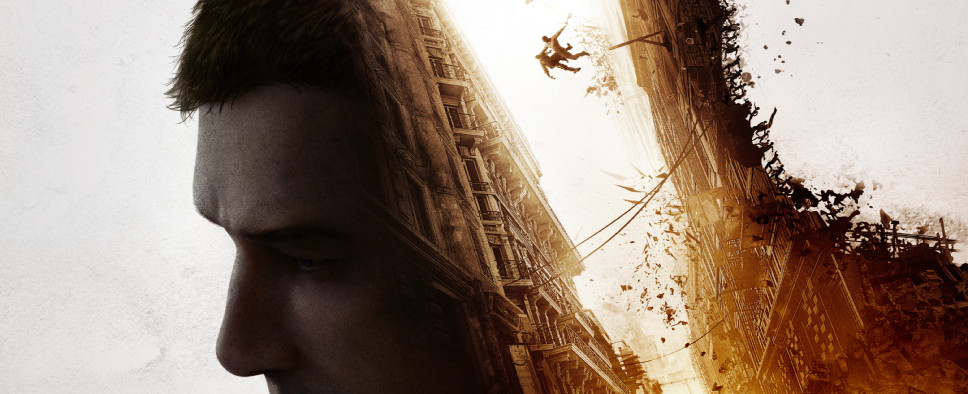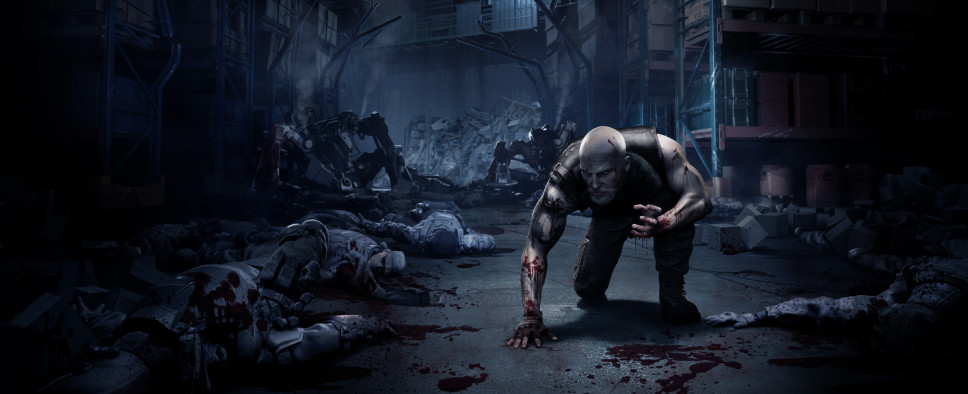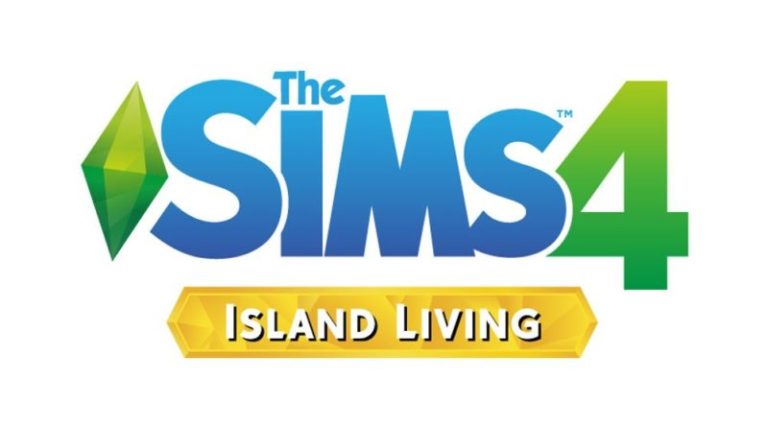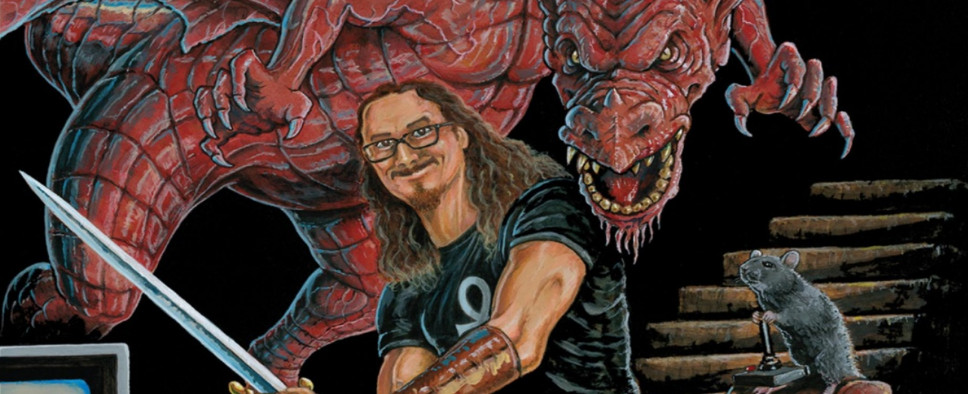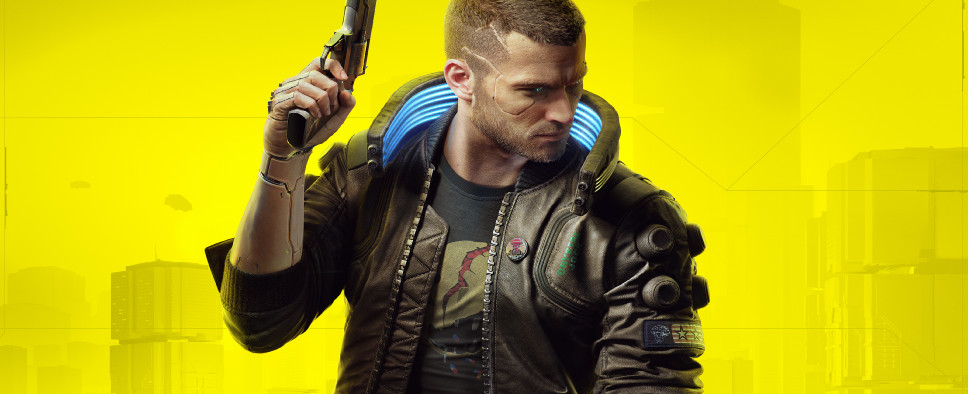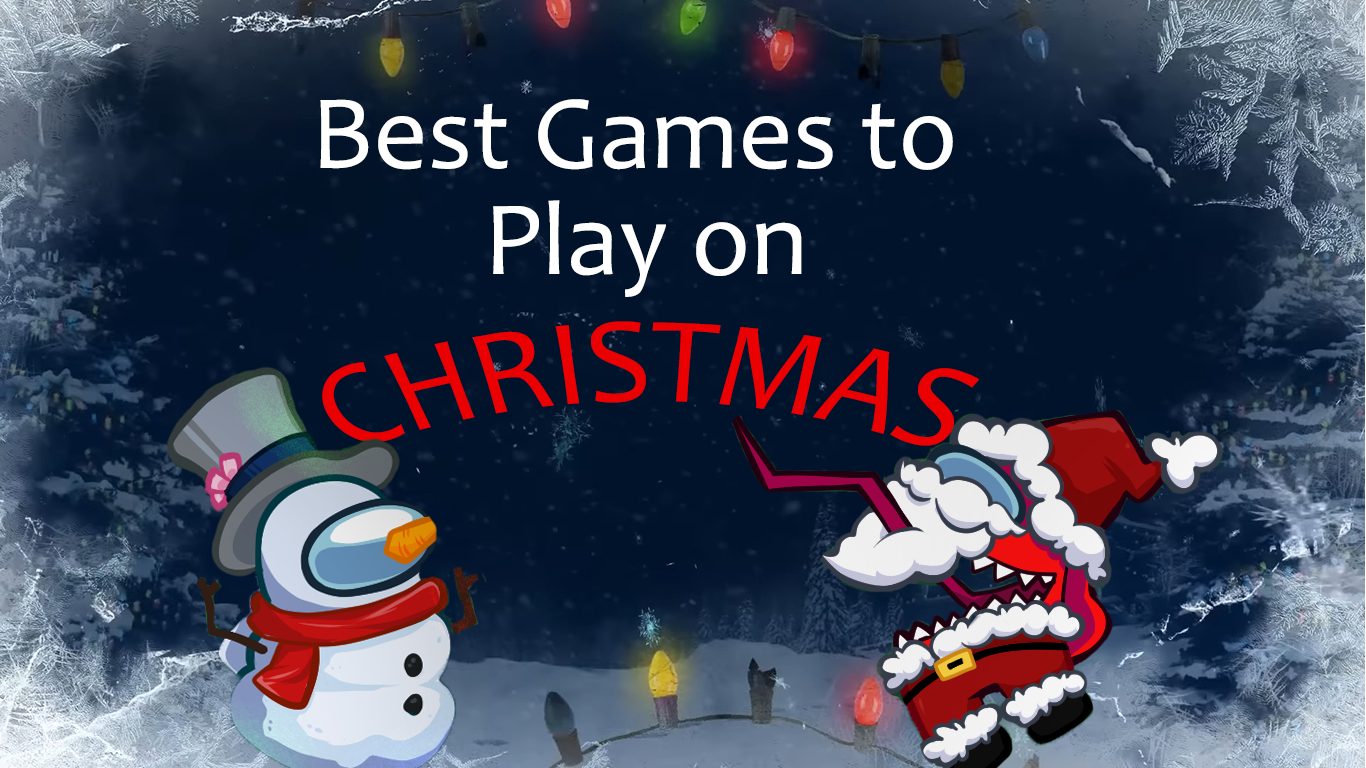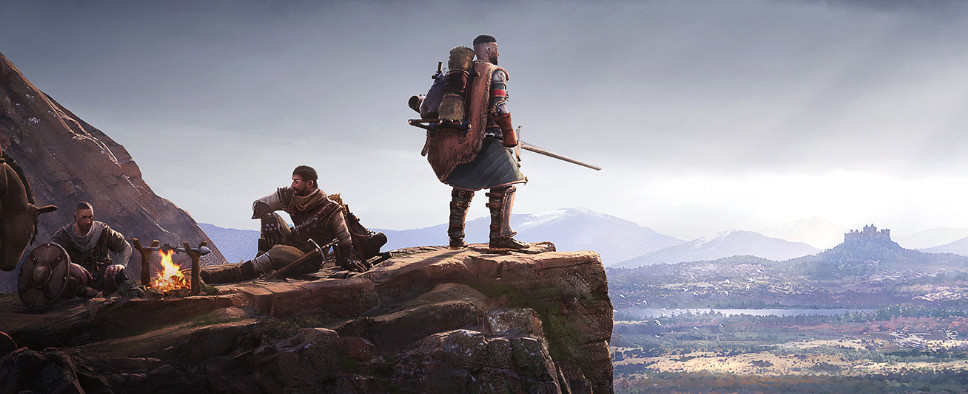Introduction
Most RPG enthusiasts have heard of Rogue, the procedurally-generated RPG that kicked off the aptly named “roguelike” subgenre. They could also probably pick Richard Garriott's Akalabeth: World of Doom from a line-up whenever asked about the first commercial RPG.
If, however, you're someone who would like to have a deeper understanding of computer role-playing games, or CRPGs for short, then you may be interested in “Dungeons & Desktops: The History of Computer Role-Playing Games – Second Edition,” a book authored by Matt Barton and Shane Stacks.
You can pick Dungeons & Desktops up from Amazon. It comes in a variety of editions and runs for over 600 pages. Over the course of its 23 chapters, it will tell you all about the history of CRPGs going as far back as the 1970s, with some brief mentions of the genre's early progenitors.
With such an ambitious scope, it's nice to know that the book's authors aren't just a couple of nobodies trawling Wikipedia for references, but could instead be classified as RPG scholars.
You may recognize Matt Barton from his Matt Chat show where he regularly interviews prominent, and some may say legendary, video game developers. He's also a professor of English at St. Cloud State University, which is a perfect background for someone looking to write a deep and informative non-fiction book. And while Shane Stacks can't boast a university career, he does have his own weekly Shane Plays Geek Talk radio show where he covers various geek-related topics, and oftentimes this includes detailed interviews with CRPG developers.
These personal interactions with the people who worked on the games discussed in the book give its authors plenty of unique insights into the CRPG branch of the video game industry and supply them with a bounty of exclusive quotes.
You may be wondering, however, why should you even think about buying Dungeons & Desktops when you can get Felipe Pepe's “CRPG Book” for free.
While Felipe's book serves as a love letter to the CRPG genre - this eclectic collection of reviews provided by enthusiasts from all over the world - Dungeons & Desktops can be seen as more of an educational tool that can be useful to both the newcomers to the genre and the veterans looking to fill in some blanks here and there. It puts a spotlight on the most influential CRPGs and their developers, while tracing the genre's evolution across a multitude of decades.
With that in mind, I personally think that a book such as this can definitely be worth your money and attention. But is this particular literary specimen good enough to warrant a purchase? Let's find out.
You Must Study the Past Before Venturing Forth
Let's start with the obvious. This book is positioned as the second edition of the Dungeons & Desktops book Matt published back in 2008. However, from my understanding, it has enough unique content to be considered its own thing.
First of all, a lot has happened in the CRPG scene since 2008. The genre went from something no one but the most die-hard enthusiasts wanted to touch with a ten foot pole to an ubiquitous phenomenon permeating the entirety of the video game industry. Progression systems and skill trees can be found in most action games these days, playing pen and paper RPGs is somehow seen as a cool thing to do, and the so-called Kickstarter Renaissance has managed to rekindle a lot of interest in old-school CRPGs.
The second edition of Dungeons & Desktops reflects this by adding a number of new chapters that paint the genre's future in a much more optimistic light than the original edition did back in 2008. But on top of that, the second edition offers plenty of new full-color screenshots and direct developer quotes that help better frame the overall picture. It also reorganizes the book's contents and introduces frequent humorous interjections from the authors that serve as a welcome light-hearted contrast to the book's usual dry and academic tone. It also features a preface penned by the one and only Chris Avellone, and a very relatable one at that.
The book starts by attempting the impossible. It tries to define what a CRPG is exactly. After that, the book looks at the genre's tabletop origins going as far back as the 19th century Prussia and its various wargames. It also credits J.R.R. Tolkien with a lot of influence over the genre. And while undoubtedly influential, Tolkien's role is perhaps a bit overstated.
It's fairly obvious that a lot of early CRPGs owe a great deal to Dungeons & Dragons, and there's plenty of Tolkien influences in that, but if one was to read the original Dungeon Master's Guide, and its Appendix N in particular, they would discover a number of other authors listed as “inspirational and educational reading.”
Perhaps the early CRPG developers borrowed the elements introduced by those authors from D&D, or maybe they went straight to the source, but the fact remains that some of the most well-established CRPG tropes can be traced back to those other Appendix N stories.
Poul Anderson's Three Hearts and Three Lions, for example, basically invented the concept of a fantasy paladin, the regenerating trolls and their fire vulnerability, and the famous Lawful - Chaotic alignment system. Jack Vance's Dying Earth series originated the slot-based spellcasting system and featured a setting that combined fantasy and science fiction elements, much like many of the early CRPGs did. And of course who could forget Robert E. Howard's Conan stories. Dungeons & Desktops references Conan a few times as an example of the classic warrior, but it skips past the fact that many of Howard's stories featuring the character pretty much establish every single convention of the dungeon-crawling subgenre of CRPGs.
Now, from listening to Shane's show, I know for a fact he's familiar with those books, and as such seeing Dungeons & Desktops gloss over their contribution to RPGs was somewhat surprising.
Moving past that, the rest of the book is separated into several ages, with a couple of chapters dedicated to JRPGs as their own unique thing. Each of those ages is represented by a number of highly influential and memorable games. This gives us an opportunity to learn all about those titles, their long-lasting legacy and the people, and companies, that created them.
Personally, I'm fairly knowledgeable when it comes to CRPGs released after about 1994. As such, the early history of CRPGs was of particular interest to me, and Dungeons & Desktops didn't disappoint there. After reading the book I can safely say that I now know way more about those mystery-shrouded early years of one-man passion projects, MUDs, and mainframe games than I did before.
To the book's credit, I really enjoyed that for the most part it stuck to the facts and covered games within the context of their time, oftentimes quoting contemporary reviewers instead of making broad sweeping proclamations.
There are, however, a few typos here and there. For example, on page 96, the book reads, “if you stumbles upon him.” Then, on page 217, it goes, “The player also gets acquires better software and hardware.” And finally, my notes don't have a page number for this one, but at some point this mess of a sentence makes an appearance, “three great games from the early 2000s that help define the modern CRPG—Vampire: The Masquerade, Bloodlines, Neverwinter Nights, Knights of the Old Republic, and Fable.”
These blunders won't be picked up by a spell checking tool and they're few and far between, but still, with this being the second edition, it would've been nice not to see them. And while the above issues are fairly minor and nothing to get bent out of shape about, the book does contain some serious factual errors.
For example, the book states that Chris Avellone was the lead narrative designer on Pathfinder: Kingmaker. The game's MobyGames page lets us know that Alexander Komzolov held that position. Dungeons & Desktops also claims that Divine Divinity featured six classes, when in fact the game only had three.
The most egregious of those is the claim that in Baldur's Gate you got to directly control only one of your party members. Which would be bad enough on its own, but then the book actually mentions this false claim again when it likens Neverwinter Nights' control scheme to Baldur's Gate.
The worst thing about these errors is the shadow they cast over the rest of the book. It's easy to spot them when you're familiar with the games discussed. But what about those you know very little about? The main goal of this book is to educate us about the history of CRPGs. But how can we trust anything it says when it contains such clear and obvious falsehoods?
My other gripes with the book include the fact that its later chapters tend to focus entirely on games while barely even mentioning the studios that created them. And, of course, the fact that some of the chapters present in the original edition of the book don't seem to have been updated at all. Like, at some point, the book mentions Might & Magic X: Legacy, while another chapter names Might and Magic IX as the final entry in the series.
All of the issues listed above could have been avoided if the authors had a decent editor or two. But given the state of the publishing industry, I have this sneaking suspicion that finding a competent editor who just happens to have an encyclopedic knowledge of CRPGs is akin to discovering a herd of unicorns tap dancing on a pot of gold at the end of a rainbow.
Still, while the errors and inconsistencies are actually few and far between if you take the book's length into account, their presence sours the overall impression the book makes and at times even puts the authors' competence into question.
Conclusion
So, in the end, just as so many of the games the book describes, it contains some imperfections and rough edges, but is still somehow greater than the sum of its parts, and can offer an engaging and informative trip down memory lane.
If what you want out of this book is a healthy dose of nostalgia and an opportunity to reminisce about your favorite genre of video games - as I suspect many of our readers enjoy doing - then you should definitely grab the second edition of Dungeons & Desktops as it offers this in spades. But if you're more interested in the educational and historic accuracy angle, then you may want to wait for a third edition.
